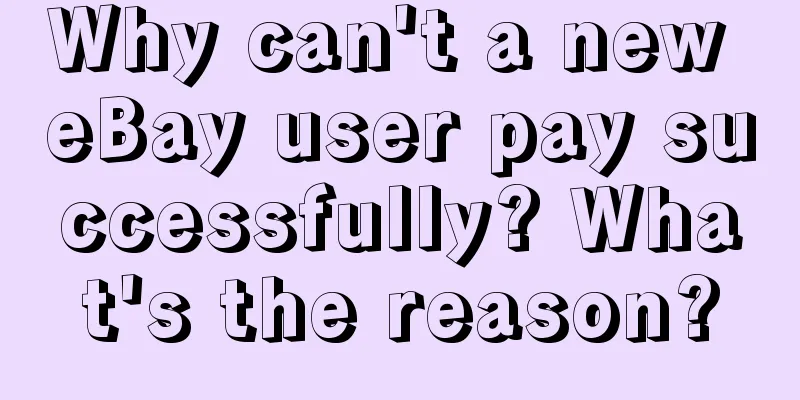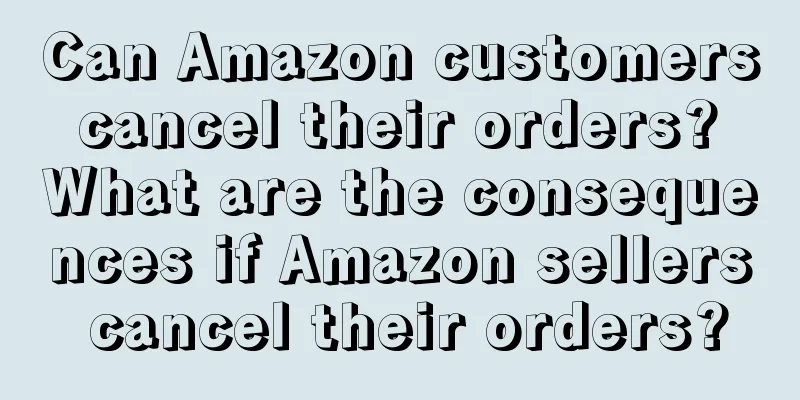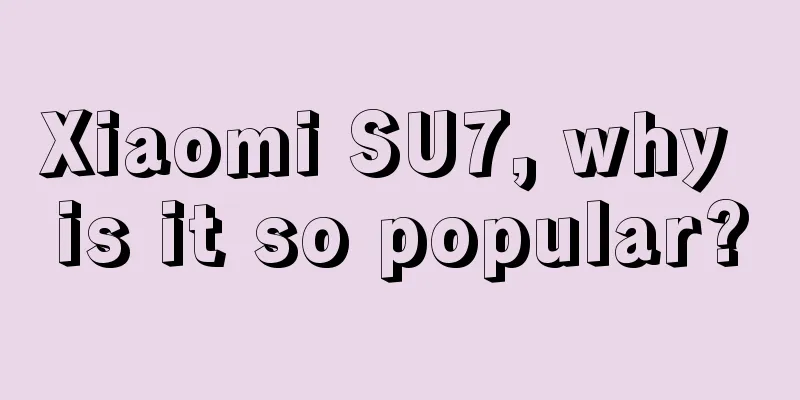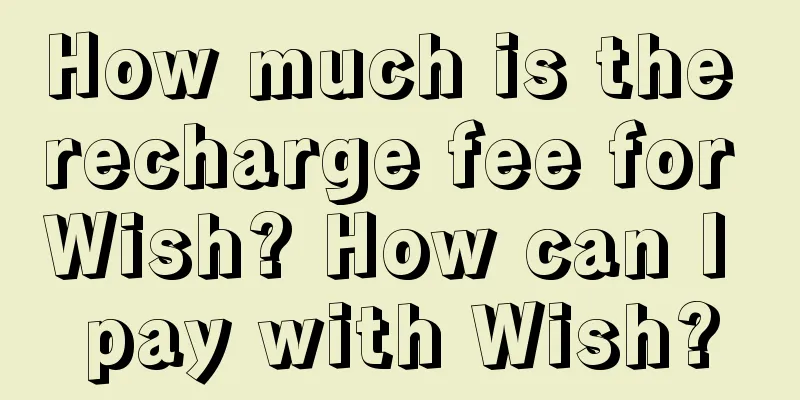99 yuan, a magical price
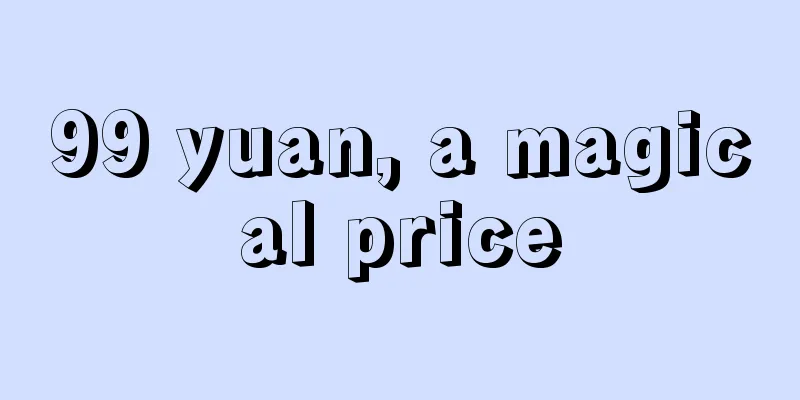
When you walk into a shopping mall or supermarket, you will find that the price tags are full of numbers ending in 9, especially 99 yuan, which seems to be everywhere. When you open your phone and watch a live broadcast of goods, the host's exciting promotion will make the 99 yuan goods jump into your eyes again and again, almost becoming the standard of live broadcast of goods. Whether it is clothing, daily necessities or electronic products, this magical number appears frequently, as if there is an invisible force guiding consumers' purchasing decisions. 99, it’s really an amazing price. Why is this price so common? How does it establish a tacit understanding between merchants and consumers? 1. The psychological impact of budgetingWhen consumers go window shopping, they usually set an invisible boundary in their minds based on their financial situation, spending habits and the degree of demand for goods - a psychological budget ceiling. This upper limit, like an invisible red line, is not only a psychological safety line for consumers, but also a self-restraint mechanism for them to control spending and avoid overconsumption. In countless shopping decisions, this preset budget cap quietly affects the success or failure of each transaction. For most ordinary consumers, 100 yuan is often regarded as a psychological and economic threshold. In the era of cash circulation, 100 yuan corresponds to the largest denomination of RMB banknotes, which not only carries actual economic value, but also is an important psychological symbol. Looking back to the early 2000s, as a poor student, 100 yuan was roughly my living expenses for a week, but in today's society, it may be a person's living expenses for a day. This change in economic value reflects the passage of time and changes in the value of currency, but the role of the number 100 yuan as a dividing line in people's minds has not diminished. In the minds of consumers, every increase of 100 yuan means entering a new consumer psychology threshold, which requires re-evaluation and decision-making. Although 99 yuan and 101 yuan only differ by 2 yuan in terms of numerical value, they represent two completely different upper consumption ranges psychologically. 99 yuan is still within 100 yuan, giving people a feeling of being economical and easy to accept; while 101 yuan exceeds the limit of 100 yuan, which will make consumers feel that the price is too high and require more consideration. In consumer behavior, the psychological threshold of price plays a vital role. When consumers face prices close to their psychological threshold, they often become hesitant and have a fierce inner struggle. The price of 99 yuan cleverly avoids the psychological threshold of 100 yuan, making consumers feel more comfortable and at ease psychologically. By pricing the product at 99 yuan, the merchant is actually taking advantage of the concept of psychological budgeting, reducing consumers' purchasing hesitation and lowering their resistance. 2. Cognition and Decision SimplificationWhenever we are attracted to a product, we will naturally evaluate it in our minds and try to answer this question: Is this product worth the price? This seemingly simple question is actually a complex cognitive process. It not only concerns the judgment of the value of the product, but also involves the comprehensive consideration of personal consumption concepts, experience accumulation and even market information. Making a wise purchasing decision means being able to accurately select the most cost-effective option from a wide range of products. If you make a wrong decision, you may be cheated. The real consumption scenarios are often far more complicated than we imagine. Modern consumers are faced with a massive impact of commodity information. From offline supermarket shelves to online e-commerce platforms, there are temptations of commodities everywhere. In such an environment, it is difficult for consumers to conduct in-depth value assessments on each commodity. They prefer to spend less brainpower and find ways to simplify the decision-making process. Clearly priced goods and trusted brands are all strategies for consumers to reduce cognitive burden and simplify purchasing decisions. The 99 yuan pricing strategy just meets this need for simplified decision-making. 99 yuan is neither too cheap to make people worry about the quality of the product nor too expensive to exceed the minimum budget threshold set by ordinary consumers. At this price point, even if the final purchase decision is not the best, the loss will not be much. In this way, the price of 99 yuan becomes a psychological placebo, reducing consumers' decision-making pressure and simplifying the purchasing process. By playing a role in the consumer's cognition and decision-making process, 99 yuan successfully reduced the psychological burden of consumers and made purchases easier and more enjoyable. Isn’t shopping all about having fun? 3. Left Position EffectThere are two common effects in the psychology of pricing, the left-digit effect and the last-digit effect. The left-digit effect refers to the tendency of consumers to pay more attention to the leftmost digit of a number when evaluating a price. The root of this effect lies in the simplification strategy of consumers when processing information. For example, when consumers compare the prices of 49 yuan and 50 yuan, they are more inclined to regard the two as "more than 40" and "50", and therefore feel that 49 yuan is obviously much cheaper, even though the actual difference is only 1 yuan. The tail effect refers to the strategy of setting the price of goods at a value slightly lower than the integer to attract consumers. This pricing strategy takes advantage of the psychological tendency of consumers, that is, they tend to regard 99 yuan as "more than 90 yuan" rather than closer to 100 yuan. This can make the product appear cheaper in the minds of consumers, thus motivating them to buy it. The concepts of the two effects are somewhat similar, and they both explain why the price of 99 yuan is magical. Here are two examples. After reading them, you will know why the left position effect is so powerful. JCP is an American department store that has made an initiative to make its product pricing transparent, which it calls “Fair Everyday Pricing.” Specifically, products that were previously priced at $19.99 are now directly priced at $20. Discount pricing has also been abolished, meaning that products cannot be priced at a higher price for a period of time and then reduced after a period of time, but can be re-priced (at a discounted price) and continue to be sold. The result of this measure was that JCPenney achieved its "lowest sales in nearly a decade" in 2012. In the all-important fourth quarter, net losses jumped to $552 million from $87 million the previous year, while annual revenues of $13 billion were reported by Bloomberg as "the lowest since 1987." Wilcox, author of "The Principles of Best Sellers," believes that JCP's problem is not just that the series of changes it made after hiring Johnson ignored existing customers, but that some changes were more destructive, ignoring human nature. It created a pricing scheme that was simple from a rational point of view, erasing the cues that make intuitive decisions easy. JCPenney had unknowingly suppressed its customers' cognitive shortcuts. Another example is Luo Yonghao's Hammer phone. I remember when the price of T1 was just released, Luo Yonghao explained that the price of T1 was an integer and did not play word games with the last digit being 9. This explanation seems righteous, but it ignores human nature. Fortunately, not long after, the price on its website was changed back to the mode ending with 9. 4. Promote impulse buyingMany businesses offer discounts when promoting sales, such as "10 yuan off for purchases over 100 yuan." This seemingly simple promotion is actually designed based on a deep insight into consumer psychology. Imagine that when consumers are browsing in a mall or online store, their eyes are attracted by a product priced at 99 yuan. At this time, they may have a thought: "If I buy a little more, I can reach 100 yuan and enjoy the full discount." This psychological suggestion makes consumers feel that if they do not make a little extra purchase to meet the discount conditions, they will "lose money". But in reality, it is almost impossible to find a product that costs just 1 yuan more in many cases. This design cleverly encourages consumers to increase their purchases, often ending up paying much more than they originally planned. This strategy cleverly triggers consumers’ impulse buying behavior. Faced with the situation of “almost enjoying a discount”, many consumers will abandon their original cautious and comparison shopping habits and make a quick purchase decision. This impulse is not only based on considerations of economic benefits, but more on a psychological drive - the desire to avoid losses. By setting a price point like 99 yuan and then offering discounts on purchases above a certain amount, merchants are actually playing a psychological game. They exploit consumers’ loss aversion tendency, prompting them to increase their purchases and amounts without fully realizing it. The cleverness of this strategy is that it does not force consumers to make decisions, but instead allows consumers to unknowingly increase their spending through seemingly autonomous choices. 5. Social comparison and group effectIn consumption, individual shopping behavior does not occur in isolation, but is formed and developed in the context of social interaction and comparison. People tend to imitate the behavior of those around them, and this psychology is particularly evident in shopping behavior. When many products on the market are priced at 99 yuan, this price itself becomes a common phenomenon and represents the choice of the public. In this case, when consumers choose goods, they will tend to choose goods priced at 99 yuan due to the herd effect. Such choices can effectively alleviate the purchasing decision pressure that individuals may experience when faced with numerous products, making consumers feel more relaxed and comfortable. People will also unconsciously compare themselves with those around them when consuming, especially in terms of the price and value of goods. The price point of 99 yuan is neither cheap nor too expensive, providing consumers with a seemingly good value for money option. When consumers find that they can buy a product at a price of 99 yuan, they will feel a sense of accomplishment and pride psychologically, thinking that they have made an economical and rational purchasing decision. In addition, by choosing the 99-yuan product, consumers invisibly strengthen their social connections with other consumers because they become "companions" in a sense through the same consumption behavior. This social connection based on price choice enhances individuals' sense of social belonging, allowing consumers to gain emotional recognition and support while enjoying material satisfaction. 99 yuan, this ordinary yet extraordinary price point, is like a mirror, reflecting the multifaceted nature of consumer society: it reveals how consumers find a balance between psychological budgeting, impulse buying, social comparison and group effect; it allows us to see how businesses use sophisticated psychological strategies to encourage consumers to open their wallets easily. Behind all this, perhaps the most thought-provoking thing is our own behavior patterns as consumers. Under the magic of 99 yuan, we will find that we are not just buying a product, but participating in a psychological and social symphony. Every decision we make is not only influenced by personal preferences, but also by invisible social forces. Author: Xunkong Source: WeChat public account " This article was on Operation Party. Any reproduction without permission is prohibited. The title image is from Unsplash, based on the CC0 agreement |
<<: Who will take over the goods?
>>: Can Meituan Live break the ceiling of local life?
Recommend
How to pay off a one-time credit card? Does a one-day overdue credit card have any impact?
As a common payment tool in modern life, credit ca...
Xiaohongshu has small ambitions, but local businesses are getting anxious
In order to turn losses into profits, Ele.me has b...
99% of physical store owners don’t know this fission customer acquisition method, which can boost customer flow
This article describes a method that a physical st...
Can I fill in any random shipping address on Amazon? What are Amazon's shipping requirements?
As one of the world's largest e-commerce platf...
Can one person start Amazon? What are the conditions?
When people choose to do cross-border e-commerce o...
6 new marketing trends to teach you how to tell a good brand story
In the first half of 2023, the consumer market gra...
Tencent's e-commerce is undergoing another "change", can Video Account handle it all?
Tencent has always been obsessed with e-commerce; ...
How long does it take for Amazon FBA to deliver to customers? What are the shipping requirements?
Although there are many cross-border e-commerce pl...
2024, the year when official V has the most sense of the Internet
Why are the official Vs the most popular in 2024? ...
How long does it take for the refund to be credited to my account after it is shown as a successful refund? What are the reasons for the refund?
Now when you buy goods online, if you are not sati...
How does Wish Merchant Platform select products? Are the products on the merchant platform genuine?
On the Wish merchant platform, product selection i...
Is Weee certification recognized in China? What does Weee certification mean?
Germany is a country with very strict environmenta...
Can eBay use FBA to ship goods? How does eBay ship goods?
Now more and more merchants are opening stores on ...
Does Amazon calculate taxes during settlement? How is the tariff calculated?
There are a wide variety of products on Amazon, wh...
How to attract customers through content marketing
In the fiercely competitive franchise market, how ...




